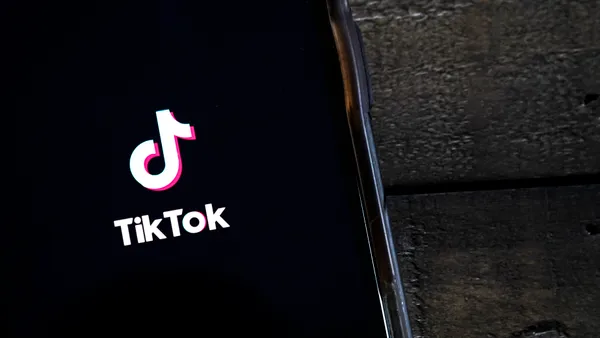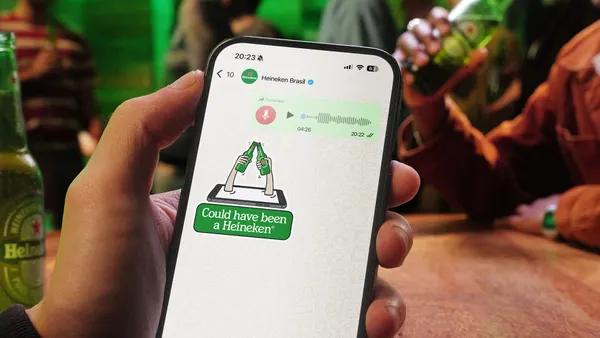Brief:
- Chatbots, the computer programs that simulate human conversation, need to be polite with users to drive greater engagement, said Arte Merritt, CEO of bot analytics platform Dashbot in a column for VentureBeat. According to recent Dashbot analytics, the top messages received by chatbots are simple conversation starters like “hi” or “hello,” with more than half of bots receiving such messages. While most chatbots responded appropriately, 32% responded with unrelated, error or “I don’t know” messages or failed to respond at all.
- More than 20% of bots received a simple “help” message, but only about half of them responded with some kind of related response, menu options or even a basic acknowledgment the chat was received, according to Dashbot’s study of more than 10.5 billion messages.
- It’s also a good idea to let users turn off a chatbot that keeps talking by adding a “stop” or “pause” functionality, Merritt said. For example, a customer with a sports bot noticed users would block the bot when their favorite teams were losing, he said. That meant spending more money to re-acquire lost users.
Insight:
Dashbot’s study offers insights into how chatbots are interacting with people, for better or worse. Merritt noted that it's important for engagement that bots are able to handle simple statements from users, including the conversation starters and signoffs that help to smooth human interaction such as “hi,” “hello” and “thanks.” Chatbot developers also need to be prepared for simple requests like “help,” even if that means pointing a user to an FAQ or some other resource until the chatbot has enough algorithms to handle more advanced conversations.
Dashbot found that the 30-day retention for Facebook bots is about 34%, compared with 36% for mobile apps, which indicates the social network has helped marketers maintain ongoing engagement with its users. Facebook last year started a significant push to help marketers develop chatbots on its Messenger chat platform.
While chatbots have been criticized for being clunky and rife with inappropriate responses, they are showing improvement, Dashbot said. In this year's analysis 68% of bots responded in an appropriate way, such as a greeting, introduction or welcome message, compared with only 60% a year earlier. Unfortunately, that means approximately a third of bots are failing to respond appropriately, Dashbot found. That kind of disappointing response can reflect poorly on a brand, and should be addressed in developing a chatbot.












